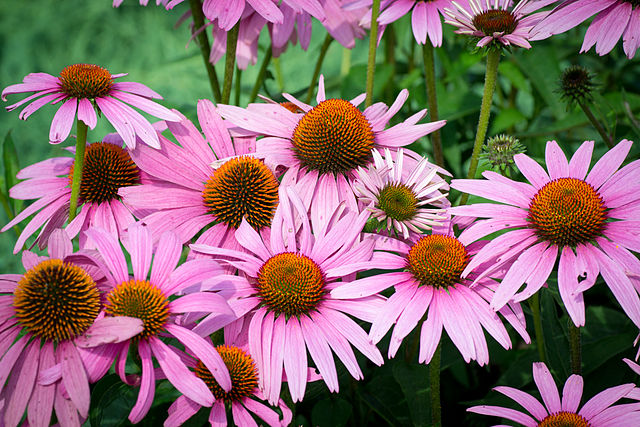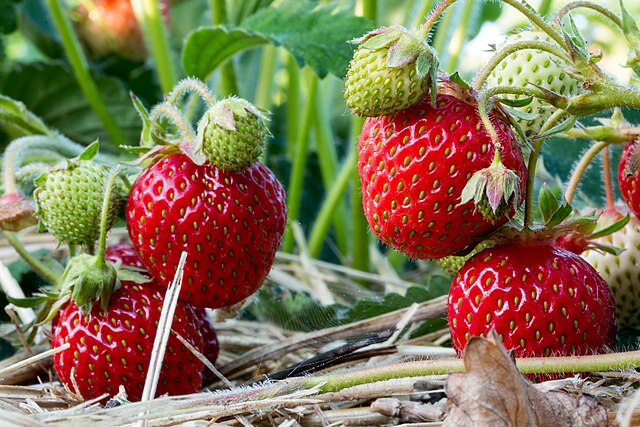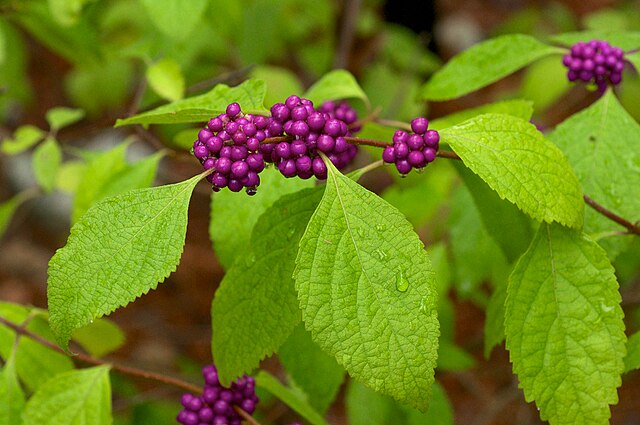
By Meghan E. Gattignolo
Plants do a lot more for us than look pretty – a fact that’s easy to forget in our busy lives. Besides the obvious life-supporting oxygen they give off, plants provide food for both people and wildlife. Native plants are even better. They connect us with a place. Plants tell a story and harbor a history that makes a place unique, while supporting a healthy ecosystem. Cultivating native plants in your garden or yard supports the local flora and fauna in an effective way.
While we’re not quite out of the woods with winter yet, spring is just around the corner. For those of us who are excited to get growing again, the little bit of warm weather we’ve had in Clarksville already has us chomping at the bit to get outside. It’s a good idea to start planning this year’s garden so we can hit the ground running when the time is right.
If you’re new to Tennessee, you might be curious about the plants that thrive here, and which ones have a special connection to the area. Here are five native plants you might want to consider adding to your garden this year.

Purple Coneflower
In 2012, Tennessee added the purple coneflower to the list of state symbols as the official state wildflower. Not just any species of purple coneflower, though. Echinacea tennesseensis, specifically, was once thought extinct, but was found growing in Middle Tennessee in the 1960s. It thrives in limestone soils and grows wild almost exclusively in areas around Nashville. If you want a true Tennessean growing in your garden, purple coneflower should be at the top of your list. Both Native Americans and settlers alike used the coneflower as a medicinal remedy.

Spiderwort
Long used by Indigenous people for its medicinal properties, spiderwort has also been cultivated by colonists as a decorative flower since the 17th century. It can be found growing wild through most of the Eastern United States and thrives in a wide range of conditions. Plant it in your garden if you want a gorgeous self-sowing plant that will thrive for a long time. It’s great for bees and butterflies, and the blossoms are edible.

Strawberries
Strawberries are native to North America, extending from Canada into Virginia, Georgia and Tennessee. If you look around, strawberries are everywhere in Tennessee. Strawberries have another connection to Clarksville. Have you ever eaten dinner at Strawberry Alley Ale Works? Strawberry Alley is so named as a tribute to what existed before construction on a new road began. The first mayor of Clarksville, James Elder, approved the city to build a new road downtown to connect local businesses. Unfortunately, the road ran right through his own wife’s beloved strawberry fields. While Lucinda Elder lobbied to keep her fields, eventually the city won the battle, and now we have Strawberry Alley.
Whether or not you add strawberries to your garden, in May you’ll find strawberries everywhere in Montgomery County. One of the best farms to go pick your own remains McCraw’s Strawberry Ranch on Rossview Road. Follow their Facebook page for up-to-date news for when they are open.

American Beautyberry
This plant’s most striking feature is the bright fuchsia-colored berries that pop out in late summer or early autumn. The fruit is food for songbirds and other animals in winter, so if you want to help wildlife survive the rougher months of the year, make sure to plant a few of these in your backyard.
Austin Peay State University hosts a native meadow on campus behind the Miller Building, and the American Beautyberry is one of many native plants that can be found there. The meadow is a conservation initiative hosted by the Community Engagement and Sustainability Department at APSU. For the last three years, APSU has sold plants from this garden to the community in April both to raise funds for APSU’s Arboretum, and as a way to promote gardening with native plants to Clarksville residents.

Pawpaw
The word pawpaw is synonymous with papaya in some parts of the world. Presumably, when the Spanish explorers came up into the Southeast, they thought the American pawpaw resembled the tropical papaya. The largest native tree fruit in North America, the pawpaw is smooth and juicy. A little bit like a banana, a little bit like a mango, nothing beats a chilled pawpaw on a hot summer day – just ask George Washington. Though they can be hard to find (you can’t buy them in the store due to their fragility and short-lived ripeness), they grow all over Tennessee. If you want to take a look, pawpaw trees can be found in the pollinator garden of Dunbar Cave State Park and along the hiking trails. In your own garden, be sure to plant more than one if you want them to produce fruit.
If you want more native plant choices to plan your garden with, Tennessee State Parks provides a list of native species and tips on how to plant them here. Learn more about native plants and wildlife with programs at Rotary Park and the Wade Bourne Nature Center, and at Fort Defiance you can find a Civil War herb garden to learn the historical significance of certain herbs. Also, check out the city of Clarksville’s Healthy Yards initiative to learn why it’s important to grow native plants and pollinator attracting plants in your yard. You can even find a Healthy Yards native plant garden at the Customs House Museum & Cultural Center that should start blooming any day now!
Resources
https://clarksvillenow.com/local/native-plant-sale-for-all-of-april-at-austin-peay-state-university/
https://www.apsu.edu/sustainability/native-meadow.php
https://www.richlandcountysc.gov/Government/Departments/Conservation/Soil-Water-Conservation-District/Plant-of-the-Month/ArtMID/2692/ArticleID/2000/April-Plant-of-the-Month-Spiderwort#:~:text=Beyond%20food%20or%20medicine%2C%20the,before%20dangerous%20levels%20are%20reached.
https://plants.usda.gov/DocumentLibrary/factsheet/pdf/fs_caam2.pdf

Meghan E. Gattignolo is a freelance writer and longtime Clarksville, TN resident. She loves to obsess about historical subjects and annoy her family daily with unsolicited random facts. Meghan holds a History B.A. from Austin Peay State University and lives in town with her husband and two daughters.